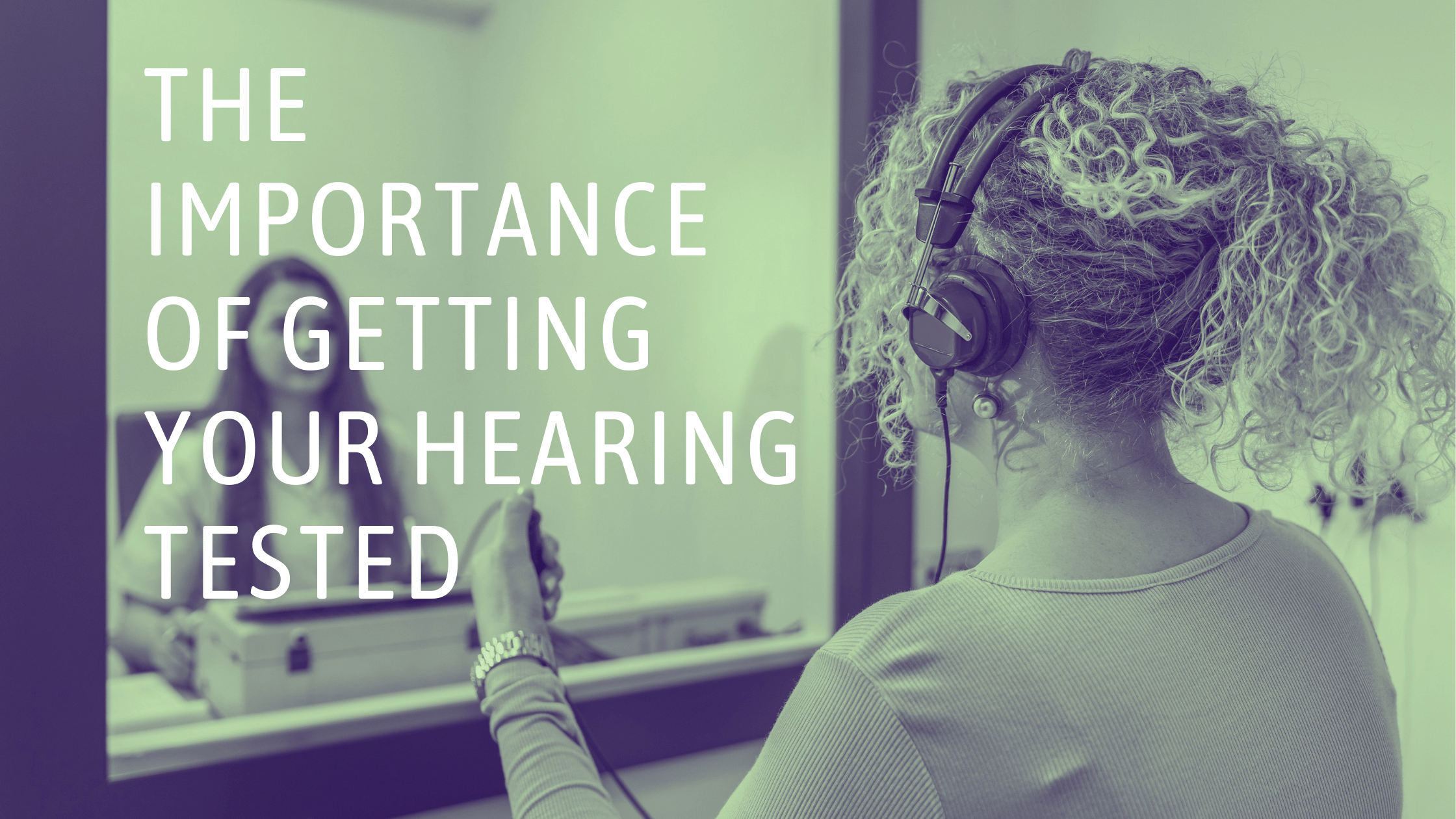Your Phonak hearing aid at unbeatable prices!

The Importance of Getting Your Hearing Tested
Are you considering visiting an audiologist? That’s a wise decision. The Better Hearing Institute, a non-profit organization, recommends getting a hearing test once every decade until age 50, and once every three years thereafter.
Protecting our ears and keeping track of our hearing health is important all throughout our lives, but it is especially important to begin treating hearing loss once it starts to cause problems in our daily lives. It seems that hearing loss tends to set off a cascade of negative health outcomes, some of which we might never associate with hearing loss if not for the countless scientific studies that have been performed over the past several decades.
What Is Hearing Loss?
While there are two main types of hearing loss (conductive and sensorineural), most hearing loss we think of is sensorineural, which means it is caused by problems in the inner ear, auditory nerves, or in the brain itself. While around 0.5% of babies are born with measurable hearing loss, more than 15% of the adult population has hearing loss, indicating that the environment likely plays a big role in whether we develop hearing loss.
Most commonly, sensorineural hearing loss is the result of damage to the tiny, hair-like cells (cilia) inside the shell-shaped cochlea in the inner ear. Each of these tiny cells is responsible for converting a frequency of sound from mechanical energy into an electrical impulse that can be understood by the brain. Once a cell stops functioning, we lose a small amount of our hearing ability. While the loss of one cell is not noticeable in itself, over time, as we lose more cells, we start to have trouble hearing. Unfortunately, once these cells are damaged, they can never be repaired.
Scientists are slowly uncovering the causes of this type of hearing loss. While there seems to be a genetic component to how much of our hearing ability we will lose as we age, there have been other modifiable risk factors discovered. Smoking, exposure to loud noise, exposure to certain known chemicals and medications, and poor dietary habits are all implicated in an increased risk for hearing loss.
What Is an Audiogram?
A person’s hearing ability, following a hearing test, is displayed on an audiogram. The audiogram is an X/Y graph, with X representing hearing sensitivity (higher is better) and Y representing the typically audible range of frequencies (20 Hz – 20 kHz). 20 Hz is an extremely low frequency that we do not usually encounter, where 20 kHz is an extremely high frequency that only very young people can usually hear.
On the audiogram we see one line representing so-called “normal” hearing, and another representing ours. Any deficiencies measured in our hearing ability will show up as a downward deviation from the “normal” hearing line. If this sounds confusing, don’t worry: your audiologist will answer any questions you have during your visit.
What Is Age-Related Hearing Loss?
Age-related hearing loss is a term given to hearing loss that seems to occur as a person ages, with no other immediate or apparent causes. While some scientists believe that age-related hearing loss can always be attributed to modifiable risk factors that are hard to identify in aggregate, others say age-related hearing loss is simply a part of getting older.
Indeed, age-related hearing loss seems to begin as early as age 45, but is not usually noticeable until around age 60. About 30% of people aged 61-70 will develop hearing loss, while over 80% of people over 85 years old will have it. Nearly 100% of centenarians have hearing loss, so it does seem that if we live long enough, every one of us will come to experience age-related hearing loss.
While age-related hearing loss was once considered to be an annoying yet relatively benign part of getting older, untreated hearing loss has been tied in numerous studies to a cascade of negative health outcomes that can be avoided with the use of hearing aids. It seems true that hearing aids are not just a luxury to make life easier, but an important part of maintaining good overall health once hearing loss becomes an issue.
What Do Hearing Aids Do?
Hearing aids are specially tuned devices that compensate for the deficiencies in our hearing ability (as measured by our hearing test) to boost frequencies where we have problems hearing up to a point that would be considered “normal.” In some cases of profound hearing loss (deafness or partial deafness) hearing aids cannot restore hearing, but for most cases of mild to moderate hearing loss, hearing ability can be augmented to “near normal.”
Hearing aid technology has made leaps and bounds in the last couple decades. Hearing aids today are smaller than ever with longer lasting batteries, they can favor speech over background noise, and even assist with locating sounds in space. Some models, given certain environmental factors, can restore our hearing ability to that of a normal-hearing 20-year-old.
While all of this may sound impressive, what is even more impressive is the way hearing aids can improve our lives. When we lose the ability to hear, it’s not just a novelty to restore it. Those who get hearing aids to treat their hearing loss overwhelmingly report greater life satisfaction, less depression, improvements in their partnerships and friendships, more time out of doors, more general mobility and even an increased sense of optimism about life and the state of the world in general. Indeed, few medical interventions can boast the overall improvements in life satisfaction we see from hearing aids.
